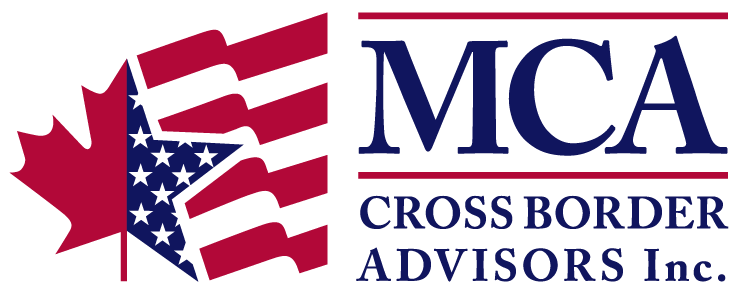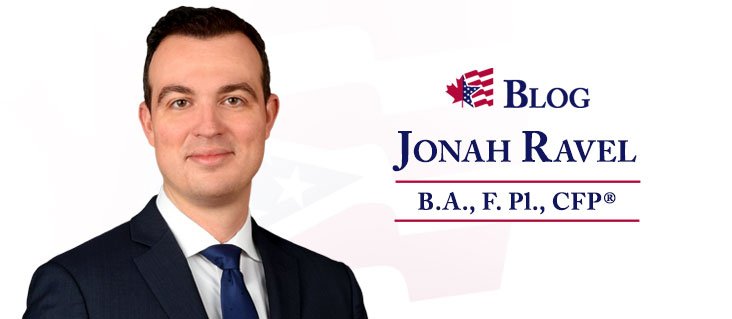Canadians planning to move to the U.S. and live out their retirement years in a warmer climate may wonder what will happen to all the mandatory contributions they made throughout their careers to either the Canada Pension Plan (CPP) or the Quebec Pension Plan (QPP). Will they still receive their Canadian public pension benefits as well as their Old Age Security (OAS) benefits down south? Furthermore, if they still have working years ahead of them in the U.S., will they also be able to collect benefits from U.S. Social Security? The answer to the first question is yes; the answer to the second is also yes, but with a catch.
CPP/QPP benefit payments are based on the record of a Canadian worker’s own contributions, and are therefore payable regardless of where he or she ends up. The same goes for OAS benefits, which are not based on contributions but rather on residency (the minimal eligibility requirement for receiving OAS when living outside of Canada is 20 years of Canadian residency after the age of 18). Service Canada will even issue CPP and OAS payments in the recipient’s local currency with direct deposit available in the U.S. and many other countries. The same goes for QPP benefits from the Régie des rentes in Quebec.
Similar to CPP/QPP, Social Security retirement benefits in the U.S. are based on the history of contributions individuals have made on the basis of their U.S. earnings throughout their working career. One of the key differences between the two public pension systems, however, has to do with benefit eligibility. While under the CPP, only one contribution is needed to qualify for minimal benefits (one full year of contributions is required under the QPP), U.S. Social Security has a much higher eligibility threshold of 40 quarters (ten full years) of contributions based on earnings that were subject to Social Security taxes.
Fortunately for those Canadians who plan on continuing to work in the U.S. but who may not be able to attain the ten years of contributions necessary to qualify for Social Security benefits, a bilateral international Social Security agreement comes in to help them qualify. The Canada-U.S. Totalization Agreement, which went into effect on August 1, 1984 and is one of 25 such Totalization Agreements in effect between the U.S. and other countries, helps to qualify those who would not otherwise qualify for benefits under one or the other country’s public pension system by “totalizing” the partial eligibility rights accumulated in both countries.
In this way, Canadians who have contributed partially to the U.S. Social Security system, but who fall short of the required ten years of contributions, can have their years of CPP/QPP contributions in Canada count toward their eligibility for Social Security benefits. Conversely, Americans who move to Canada, and who lack the necessary Canadian residency requirements to qualify for OAS, can have their U.S. Social Security credits count toward their OAS eligibility. No application for totalization is necessary—the qualification process is automatic since both countries are able to order an individual’s contribution records directly from the other.
The only catch affects someone who has contributed sufficiently to the pension plans of both countries without needing to resort to totalization, i.e. someone who has accumulated the required ten years of Social Security contributions in the U.S. and who has also contributed sufficiently to CPP/QPP. Such an individual with a work history spanning earnings in both countries might hope to “double dip” by collecting both Canadian and U.S. retirement benefits. On the one hand, he or she is entitled to do so having contributed to the public pension regimes of both countries, but the catch is that a provision in U.S. law known as the Windfall Elimination Provision (WEP) will curtail this double dipping. Under the WEP, Social Security recipients with less than 30 years of “substantial earnings” in the U.S. who also at the same time receive pension benefits earned outside of the Social Security system (such as under CPP/QPP) face a clawback on their Social Security benefits to compensate for the “windfall” of their foreign benefits. This provision therefore has the unfortunate effect of penalizing Canadians who qualify for a pension under both the CPP/QPP and U.S. Social Security regimes.
For any cross border inquiries related to CPP/QPP, Social Security, or any other retirement planning, MCA Cross Border Advisors Inc. is prepared to answer your questions.
Talk to one of our advisors at MCA to explore how the advantages of moving to the US would be beneficial to you.

